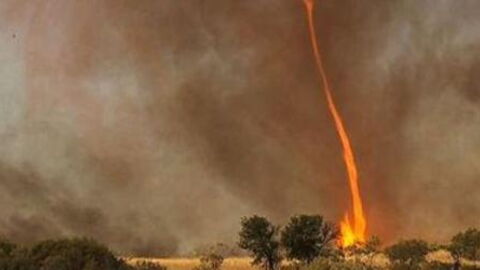At first glance, you would probably think this was a prank. However, Lake Hillier, found on one of the islands that is part of the Recherche Archipelago just off the coast of Australia, is pink! This sweet rose colour comes from the tiny living creatures that live in its waters and is far from being man-made. Lake Hillier really is proof of some of the strange things that nature is capable of.
Discover our latest podcast
Mystery of the island
This salt lake on the edge of Middle Island, the biggest island of the Recherche Archipelago, is very surprising and makes passing by or flying over it without noticing its incredible colouration quite difficult. While the tranquil waters of the Australian Great Bay border the deep blue coastline, Lake Hillier looks like a huge pink stain in the middle of the vast forest of green that surrounds it.
Measuring no less than 600 metres in length by 250 metres wide, this lake has confused scientists for a long time, who still haven’t exactly determined why it is this colour. However, in 2016, the Extreme Microbiome Project (XMP), under the leadership of the ABRF (Association of Biomolecular Resource Facilities), announced some new results that explain there are certain microorganisms in the lake’s water which gives it this colour.
A colourful microcosm
The microalgae Dunaliella salina was already thought to be the cause of this colouration when the team went to carry out metagenomic analysis on the lake’s waters. Although this algae is usually green, in liquid that contains a high concentration of salt, the algae starts to accumulate beta-carotene which has a red pigment which then turns it pink. This photosynthetic pigment is part of the carotenoid family, which is what gives its colour to carrots, shrimp and even pink flamingos which consume them.
D. salina was therefore the best theory they had for explaining why this Australian lake was this colour. But onsite, the XMP researchers found a lot more than just this little algae - they found a whole other microbiome known as Halobacteria. These extremophile bacteria (that live in extreme environments) thrive in salty water, are also naturally pink and are more than capable of dying large bodies of water.
There are many other lakes in the world whose waters are pink due to the presence of D. salina and Halobacteria such as Lake Retba in Senegal, Salina de Torrevieja in Spain, Hutt Lagoon in Australia, Koyashskoe Salt Lake in Crimea and Lake Natron in Tanzania, which all have a high concentration of salt.















